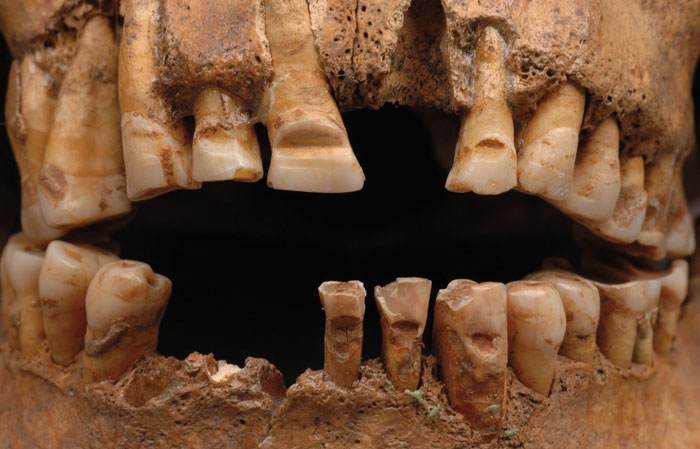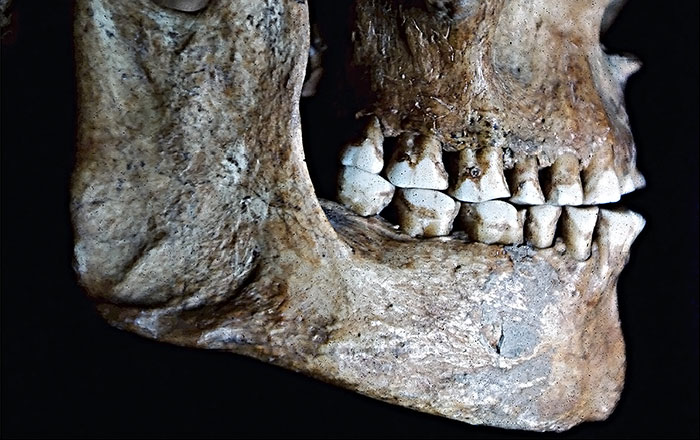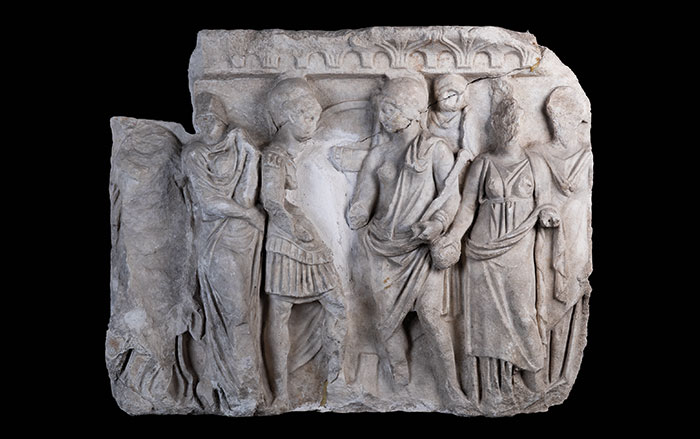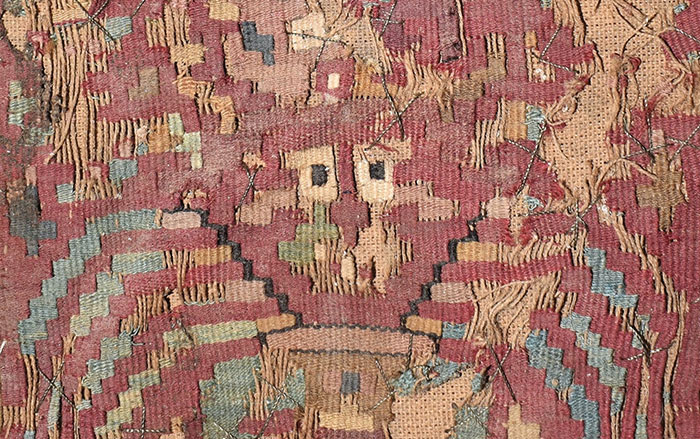
ZVEJNIEKI, LATVIA—For thousands of years, animal teeth have been used as jewelry or ornaments on clothing by human societies around the world. Until now, however, archaeologists have given little thought to the process of how people obtained these animal teeth, especially since keeping them unbroken was difficult but essential. According to a statement released by the University of Helsinki, researchers recently used experimental archaeology to determine the methods likely used thousands of years ago before modern tools. The team examined evidence from the Zvejnieki cemetery in Latvia, where more than 2,000 animal teeth were found in graves dating to between 7500 and 2500 b.c. These teeth were primarily derived from elk, wild boar, and red deer, but also came from dogs and even humans. Scientists tested seven different extraction methods, including cutting, percussion, air drying, soaking, direct heat, and different cooking techniques to determine which method was not only easiest, but caused the least amount of harm. They found that a process known as pit seaming, or slow cooking, was the most efficient, as it allowed for the teeth to be extracted with relative ease, without damaging them. This also meant that the meat could be eaten and the bones remained suitable for toolmaking. “Our experiments show that tooth extraction was a deliberate, time-sensitive process embedded in daily life, especially cooking practices,” said lead researcher Aija Macane. “This challenges the assumption that teeth used for ornaments were simply scavenged or easily available.” Read the original scholarly article about this research in Archaeological and Anthropological Sciences. To read about jewelry made from eagle talons as much as 130,000 years ago, go to "Neanderthal Fashion Statement."












